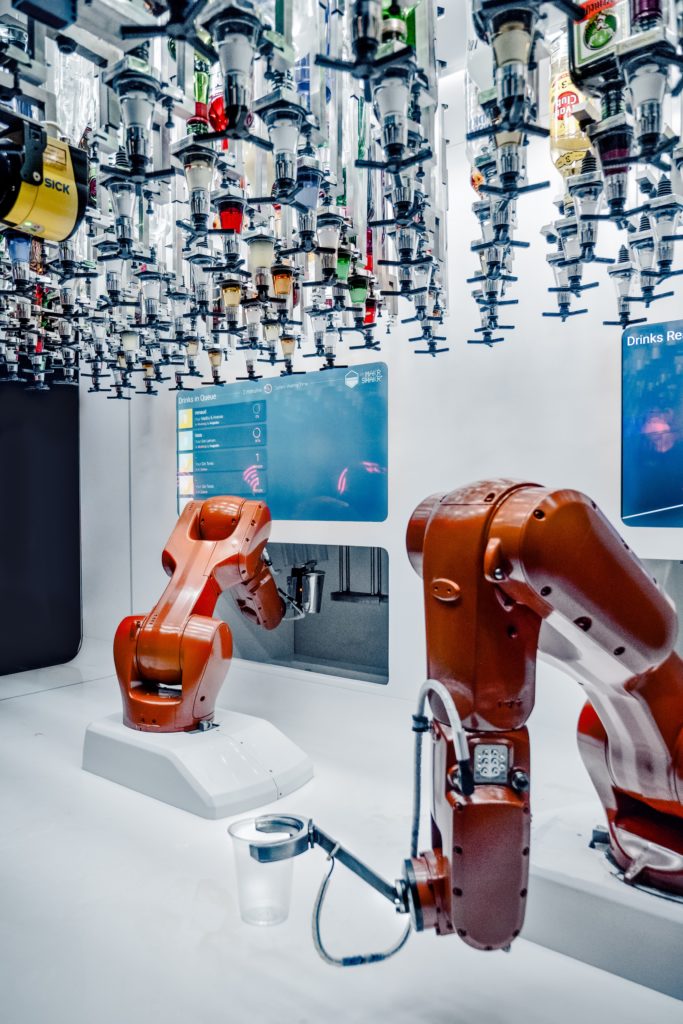🤖 What is Machine Learning?
Welcome!
This project covers the fundamentals of machine learning, a branch of artificial intelligence which uses data and algorithms to train a machine to imitate intelligent human behavior.
Below is a list of just a few ways humans use machine learning. Can you think of any more?
- Facial recognition
- Social media monitoring
- Marketing and advertisement
- Self-driving cars
- Reading handwriting from phones
- Virtual assistants (Siri, Alexa, etc)
- Customer service chat bots
- Planning out the fastest route to a destination
- New song recommendations
- Farmers checking out crops to diagnose problems
- Clinical decision support and robotic assistance for medical procedures

Photo by David Levêque on Unsplash
How Does It Work?
Let’s test it out so you can see for yourself. Use this link to direct you to Google’s Machine Learning App and take notice of each step.
How accurate was the app and why? What do you think would make the learning app better at classifying images? You will be able to answer these questions by the end of this lesson series. But first, let’s highlight the basic steps to machine learning.
- Collecting data – Machines learn from the data you give them. The quality of data you feed the machine will determine the accuracy. What could be a good source of data for training AI?
- Preparing the Data – You can do this by removing unwanted data, randomizing the data so the ordering does not affect the learning process, visualizing it so you better understand how the data is structured and being represented, and splitting the data between a training set and a testing set.
- The training set uses the samples your model learns from. The testing set is used to check the accuracy of your training model.
3. Choosing a Model – This determines the output you get after running the training data. Scientists and engineers have developed various models suited for different tasks like speech recognition, image recognition, prediction, etc.
4. Training the model – This is when you pass the prepared data to your machine learning model to find patterns and make predictions. With more training and more data, the model gets better at predicting.
5. Evaluating the model – Test the performance of the model with entirely new, unseen data.
6. Parameter Tuning – Parameters are the variables (changes) in the model that the programmer decides. Tuning the parameter’s values may increase the accuracy.
7. Making Predictions – Apply your model on new data to predict the likelihood of a particular outcome. How accurate would the machine learning app you used be on data from your own photos?
What’s Next?
In the following lessons, you will learn to implement machine learning steps these in an open-source (free) software called Pictoblox. Happy learning!
